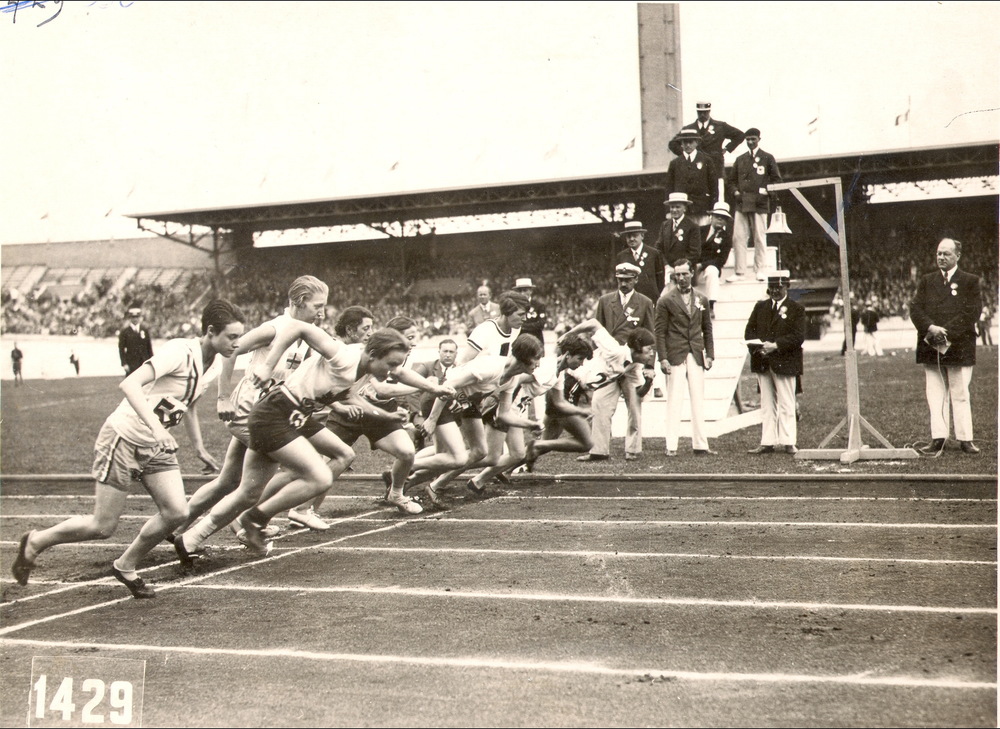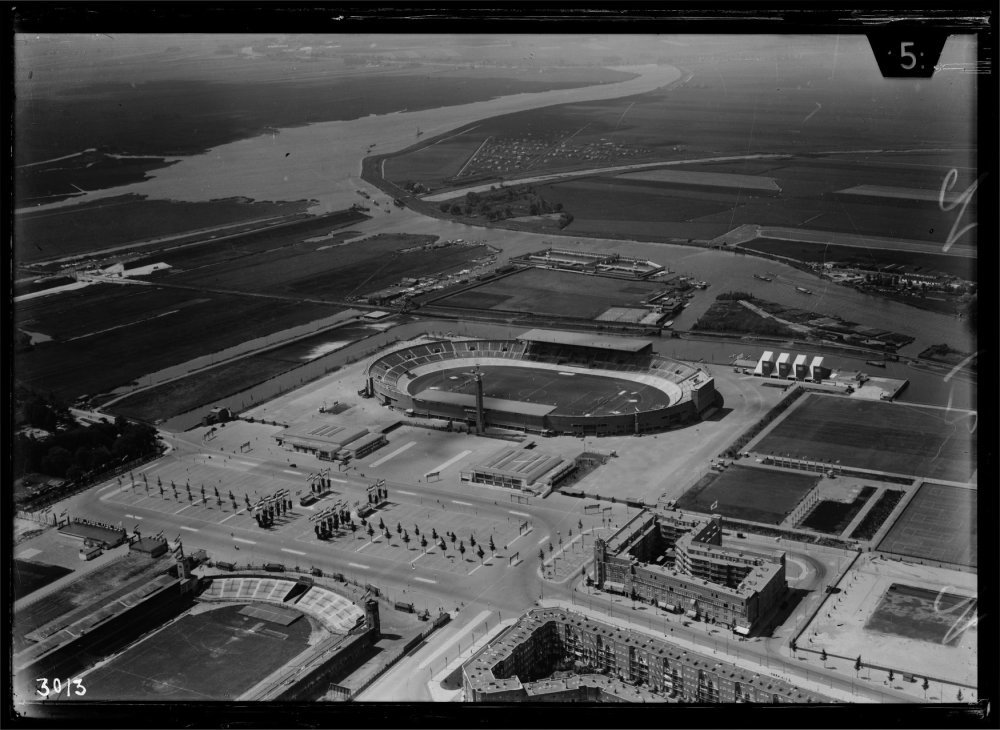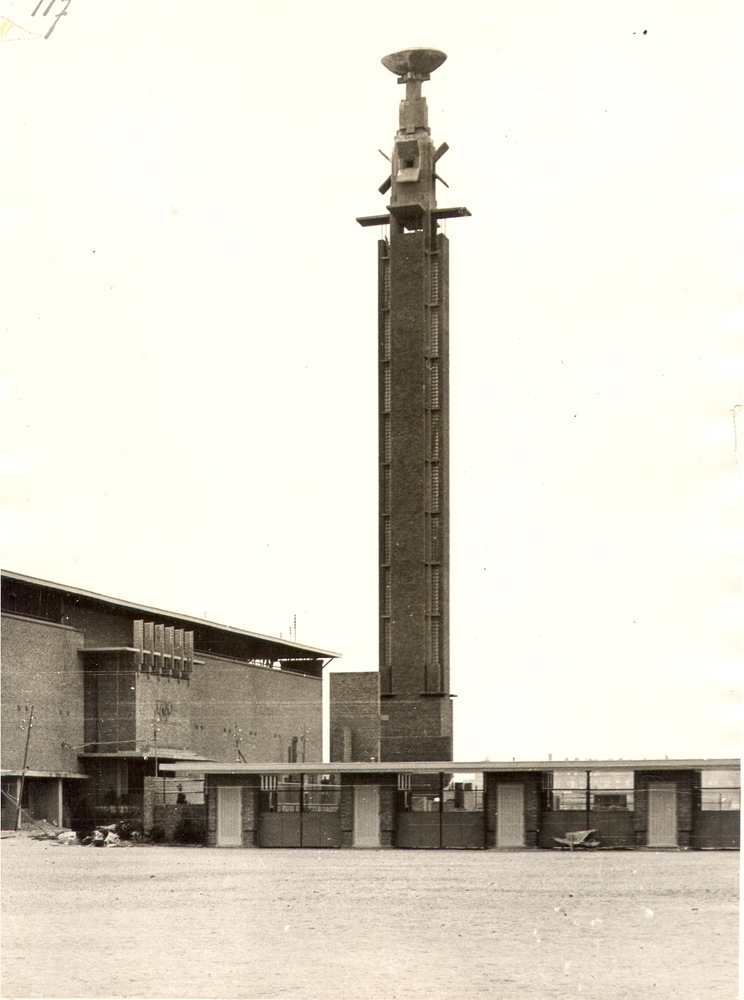For this #LTMThursday contribution, we had the pleasure to talk to Jurryt van de Vooren – a specialist in sports history – and initiator of the Local Time Machine project Centuries in motion: The 1928 challenge.
Amsterdam is set to celebrate its 750th anniversary in 2025. Three years later, it will be exactly 100 years after the Amsterdam Olympics.
In this project, a 3D scan of the Olympic Stadium of 1928 is planned by using all the archives available, like photos, blueprints and films. This digital stadium can be visited to watch sports and Amsterdam like it is 1928. The Dutch sports heritage will be converted into a virtual world.
The visitors can also join the Virtual Games of 1928 by using their mobile connection. If they run 100 meters in real life, it will be shown in the digital stadium like they are running an Olympic final. They can ask everyone to join this challenge.
Jurryt, what would you say is the key ambition of your project?
Amsterdam will have its 750th anniversary in 2025. In 2028 the Olympic Stadium in Amsterdam will be exactly 100 years old. These celebrations are great opportunities to collect all data available from the original Olympic Stadium of 1928 to make a 3D scan.
What was your initial idea for the project? Was there a particular spark that birthed the idea for this project?
Some years ago Google Maps made a virtual tour in the Olympic Stadium – start here. I want to do the same, back in 1928.
For over twenty years I have done a lot of research about the history of the Olympic Stadium and the 1928 Games. In 2016 the restored documentary about Amsterdam 1928 was shown in EYE, the Dutch national museum for film. I provided live commentary. Two years later I wrote a book about these Games.
Besides I have worked at this stadium since 2005, during the last years as member of Comité Nationale Sportherdenking¸ responsible for the commemoration of Dutch sports during the Second World War, every year on 4 May. My next ambition in the coming years will be a 3D model of the stadium of the 1928 Olympics, by combining the archives and the newest digital methods.
What kind of archival material can be used for this project? Which institutions hold the relevant material?
The original plans and blueprints of 1928 are kept in several archives in the Netherlands, just like hundreds of photos when the stadium was built. Most important is the stadium itself, which still exists. The president, Carla de Groot, is very interested in building an online 3d model. That is important because the stadium itself has to be a partner in this project.
The collection of architect Jan Wils is in Rotterdam, in The New Institute, including blueprints and maps and hundreds of photos of the building process (1926 – 1928). In the Amsterdam City Archives we can find all the stadium maps made by the Fire Department. Thousands of photos of the 1928 Olympics are already available online.
In the 3D stadium we can build a digital museum of Amsterdam during the 1928 Games, including visualizations. People from all over the world can log in to have a look like it’s 1928 again, to be a part of the legacy. We can even make a game in which you can visit the stadium to watch the 1928 Olympics or participate like it is 100 years ago.
Is this material already available digitally or does it need to be digitized first?
Not all material is available online right now, because these maps and blueprints are very big. The Amsterdam City Archive has a lot of experience to digitize.
Already available are photos of the building process that you can view here and here. Photos of the 1928 Olympics are also already available digitally in the Collectie Gelderland.
Are you possibly planning to include material from private archives as well?
The only private archive will be of architect Jan Wils, which is kept in Rotterdam.
What kind of applications to experience the past are you planning to develop?
I want to make a connection between the personal phone of the visitor and the 3D stadium. If this person is running a hundred meters in real life, it will be presented in the 3D stadium like the visitor is part of the 1928 Olympics. It doesn’t matter if someone is in Amsterdam, Rio de Janeiro or Sydney to join, as long as there is a connection. So, real-life sports and e-gaming will be one.
Are you planning to have your project/apps ready for a certain event celebrating both anniversaries?
Yes, in two steps. The first in 2025 (Amsterdam 750) and the second one in 2028 (Olympic Stadium 100 years).
What kind of events are you envisioning to publish your Local Time Machine project results?
We can organize events in the Olympic Stadium itself in 2025 and 2028. It’s also possible to include the 3D model in games like Fortnite or Roblox, just like in-game concerts.
Who is your target audience?
It can be used for educational projects, Amsterdam city branding and people who like to participate in online challenges.
Who are your current project partners?
There are none yet, but the Olympic Stadium is interested. I also want to include Dutch archives.
What kind of cooperation partners are you seeking for?
Archives, Amsterdam organisations, gaming industry.
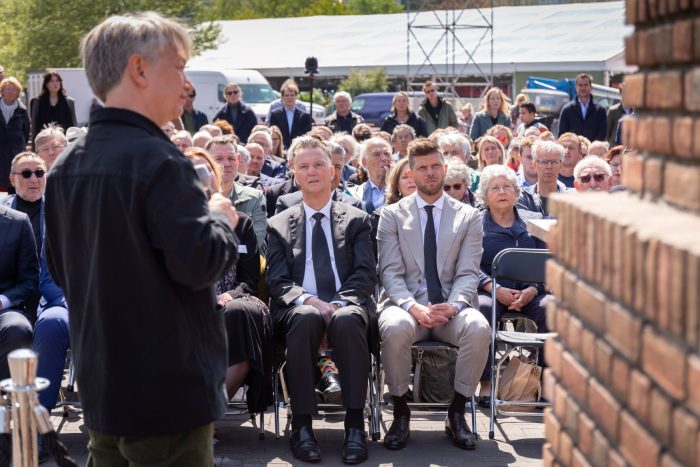
As member of the Comité Nationale Sportherdenking, Jurryt van de Vooren is responsible for the commemoration of Dutch sports during the Second World War, every year on 4 May. Here he can be seen during Sports Memorial Day on 4 May 2022, together with the Dutch football coach Louis van Gaal.
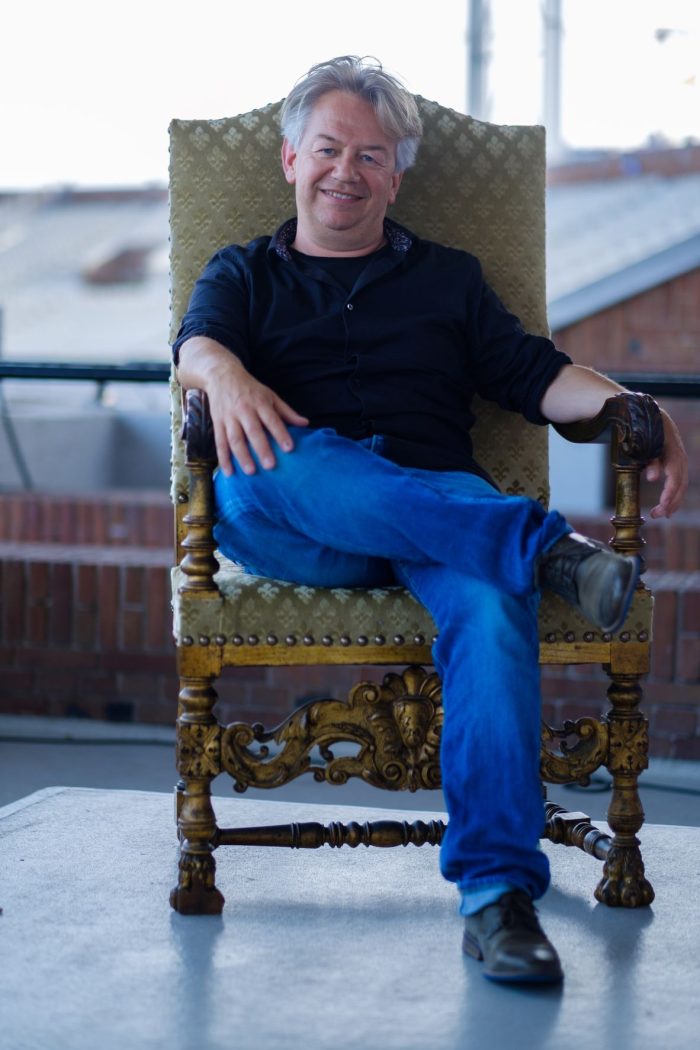
Portrait of Jurryt van de Vorren sitting inside the Olympic Stadium.
